A Day Trip to Cajas National Park
At 4,000 meters (13,123 ft.), this region experiences year round rains and fog as weather fronts from the warm, moist Oriente battle the colder air of the Andean Sierra. It makes it almost impossible to plan a “good” weather day. For our day trip to Cajas, we came prepared with rain jackets and plenty of layers of warm clothes. We weren’t disappointed. A light mist greeted our first excursion from the car.
Since we were only driving through Cajas National Park on our way from Cuenca to Guayaquil. Most national parks in Ecuador lack roads or interpretation signs but Cajas is a little different. Because the main highway cuts through the very center of the park, there are some clear pull-outs and signs marking trailheads. With the rainy weather, we chose not to hike too far but did venture into this unique zone. Our first steps onto the green grass met us with surprise as the ground gave way like a damp sponge. The soil at Cajas rarely dries out – in fact, rain is a near constant and cloud cover prevents the evaporation of much of the water.
The Flora of Cajas National Park
But the damp ground makes perfect habitat for many low-lying colorful flowers. Many of them looked like species found in the Alaskan tundra. In fact, the entire landscape reminded me of wild lands above of the Arctic Circle. How bizarre to be hiking at the Equator and compare it the far north.
While I was searching for new plants in the gently rolling bog, my boys took to the mountains, climbing rocky trails to stand atop towering rocks. Their tiny figures bring perspective to some of the photos in this article. Without their profiles, it would be hard to tell the size these rocky knolls.
We were surprised to find a small restaurant along the road. They specialized in trout. The fish was so fresh that it was very often caught by customers using bamboo poles. The view from the small and unremarkable pond amazed us. Waterfalls poured from the mountain. Its gray stone wore olive-green grasses like a coat of crushed velvet.
Unfortunately, our time in the park was short. We only visited one of the many recommended attractions for day visitors, the Loma de Tres Cruces. These three crosses mark the continental divide of South America. It’s hard to believe that the water on the east side of the Andes travels for thousands of miles before hitting the Pacific Ocean while water from the west finds its way to the Atlantic in a few hundred miles. The three crosses also memorialize the many deaths of travelers who failed to make it over this high mountain pass.
All in all, our short visit to Cajas National Park only makes me want to return. I would love to see the sunrise or the night sky that sometimes appears in these mountains after the evening winds come and scour the sky clean.

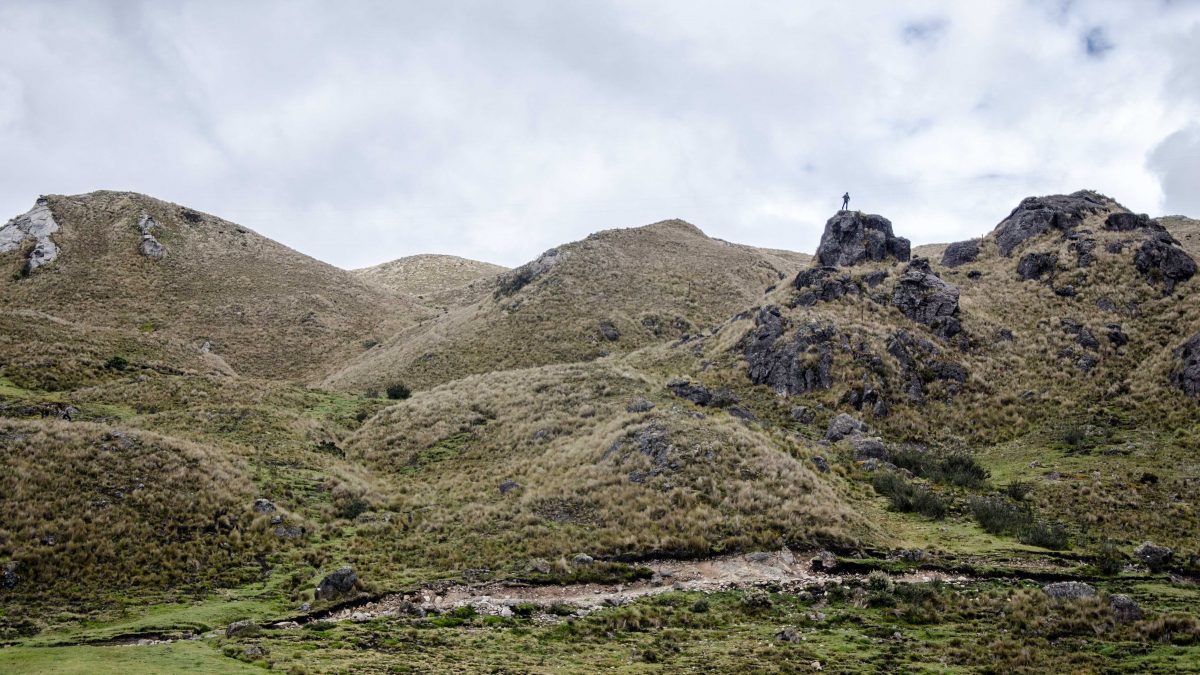
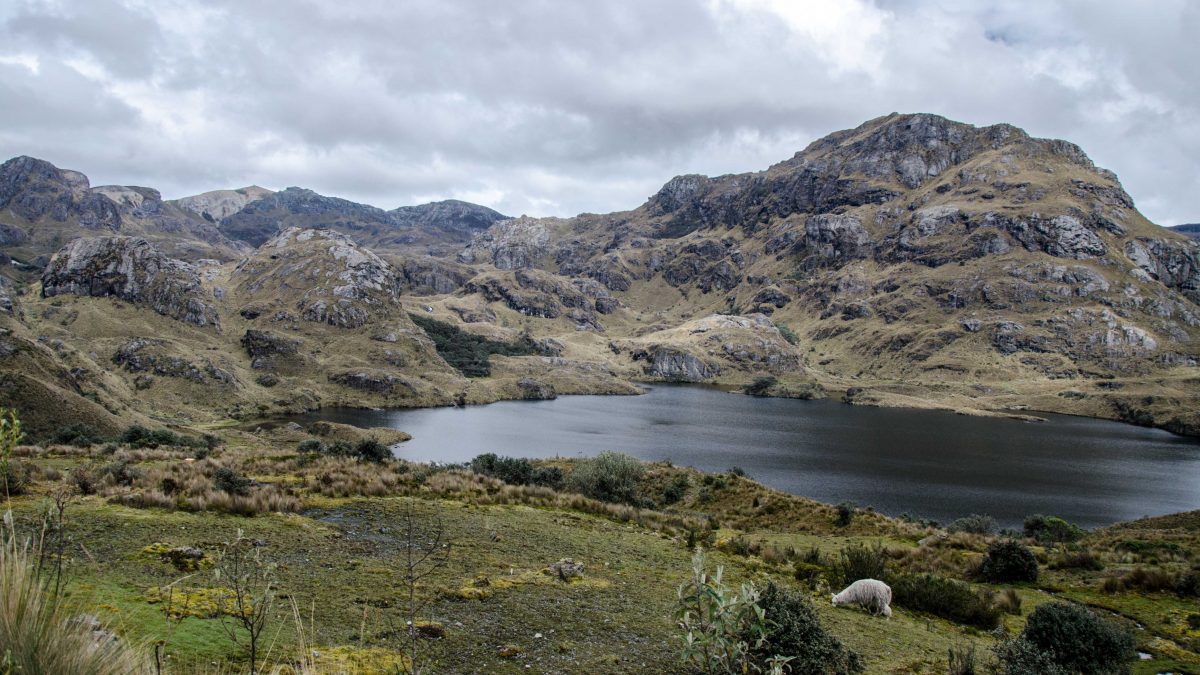
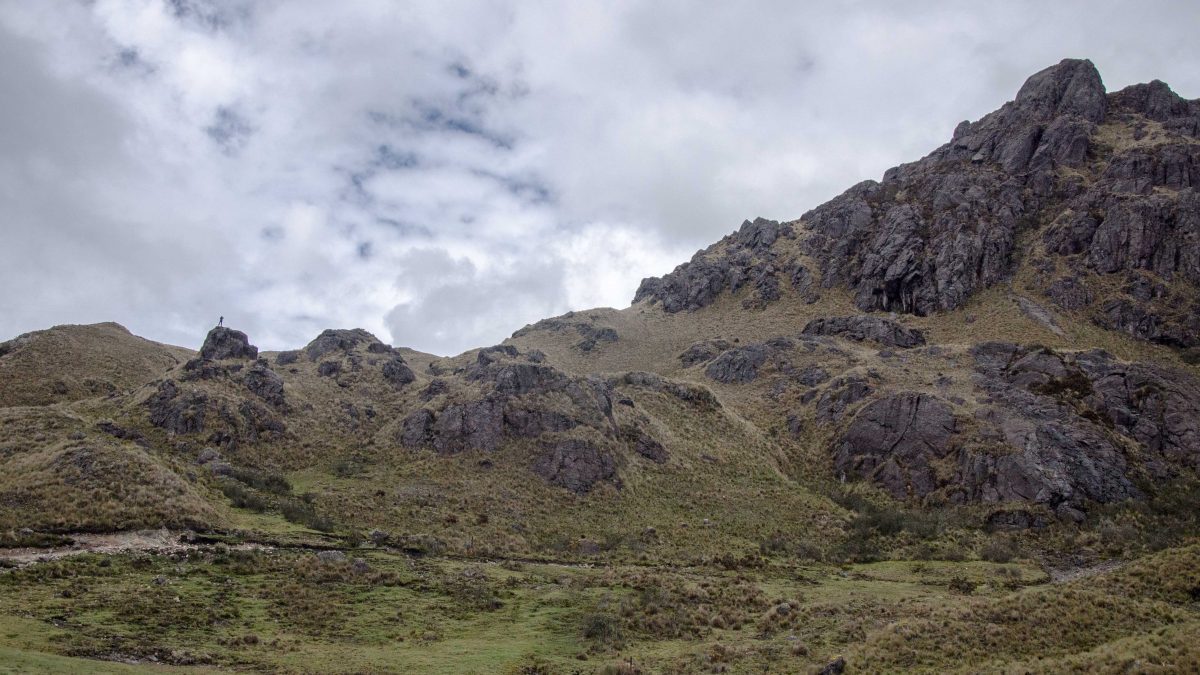
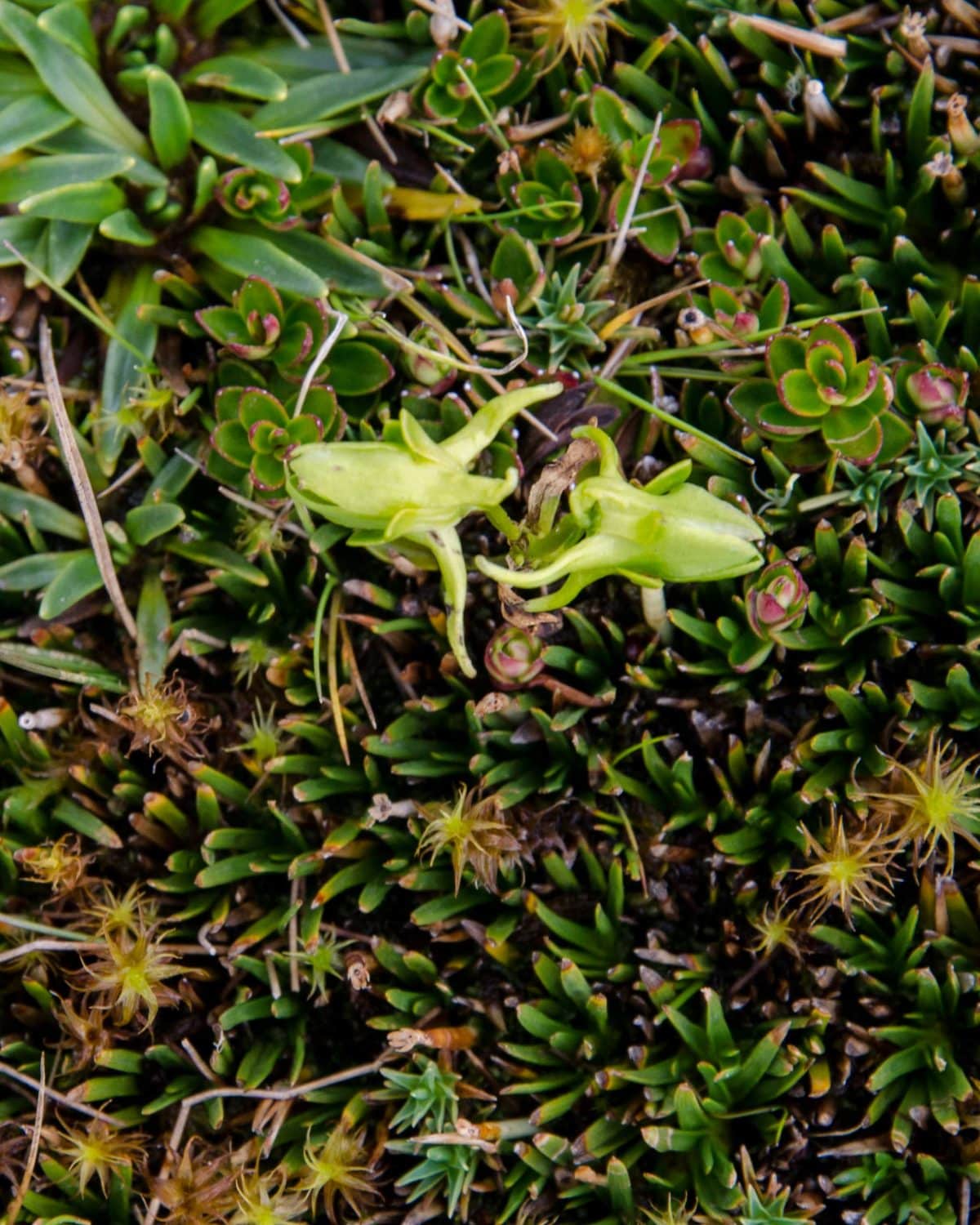
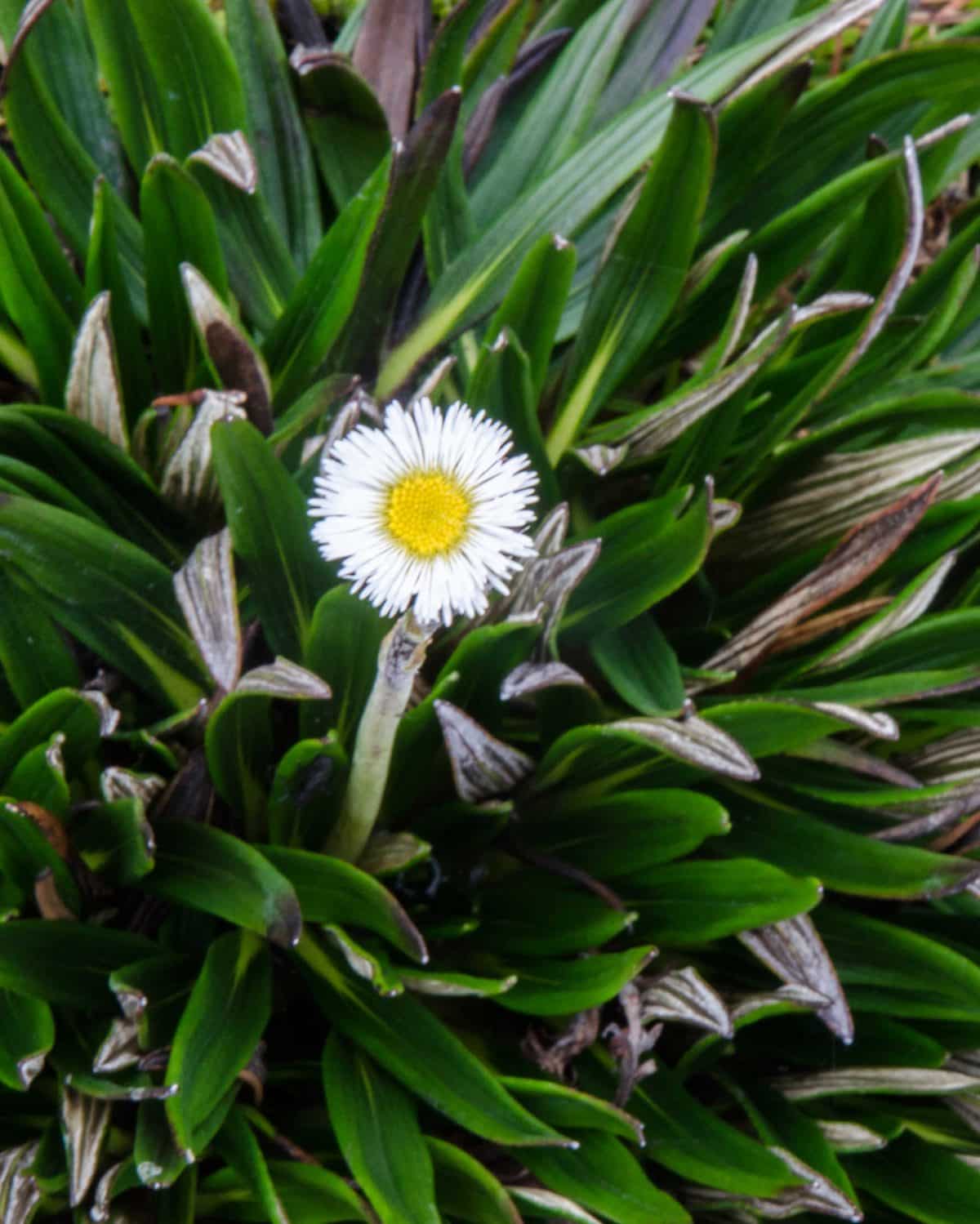

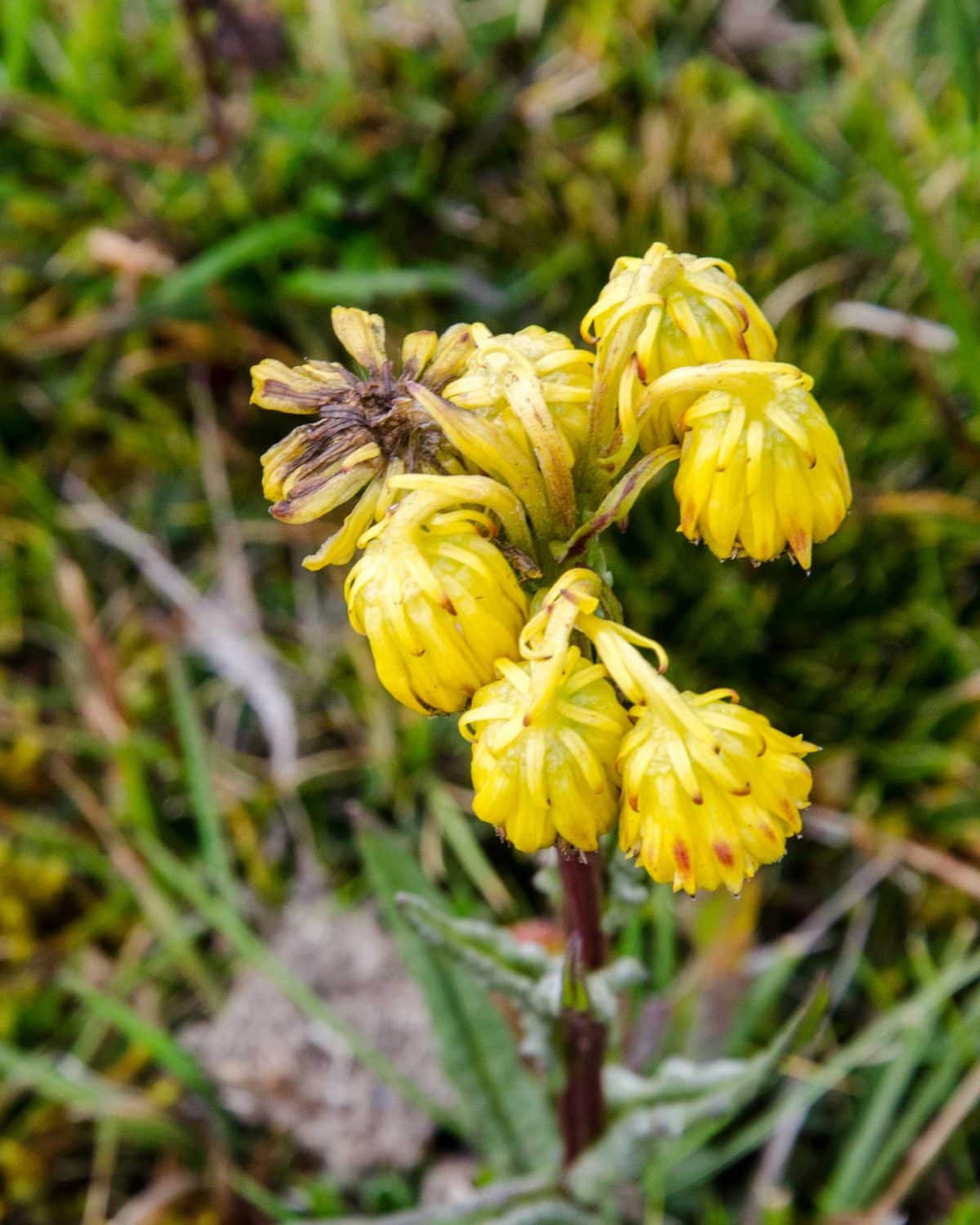

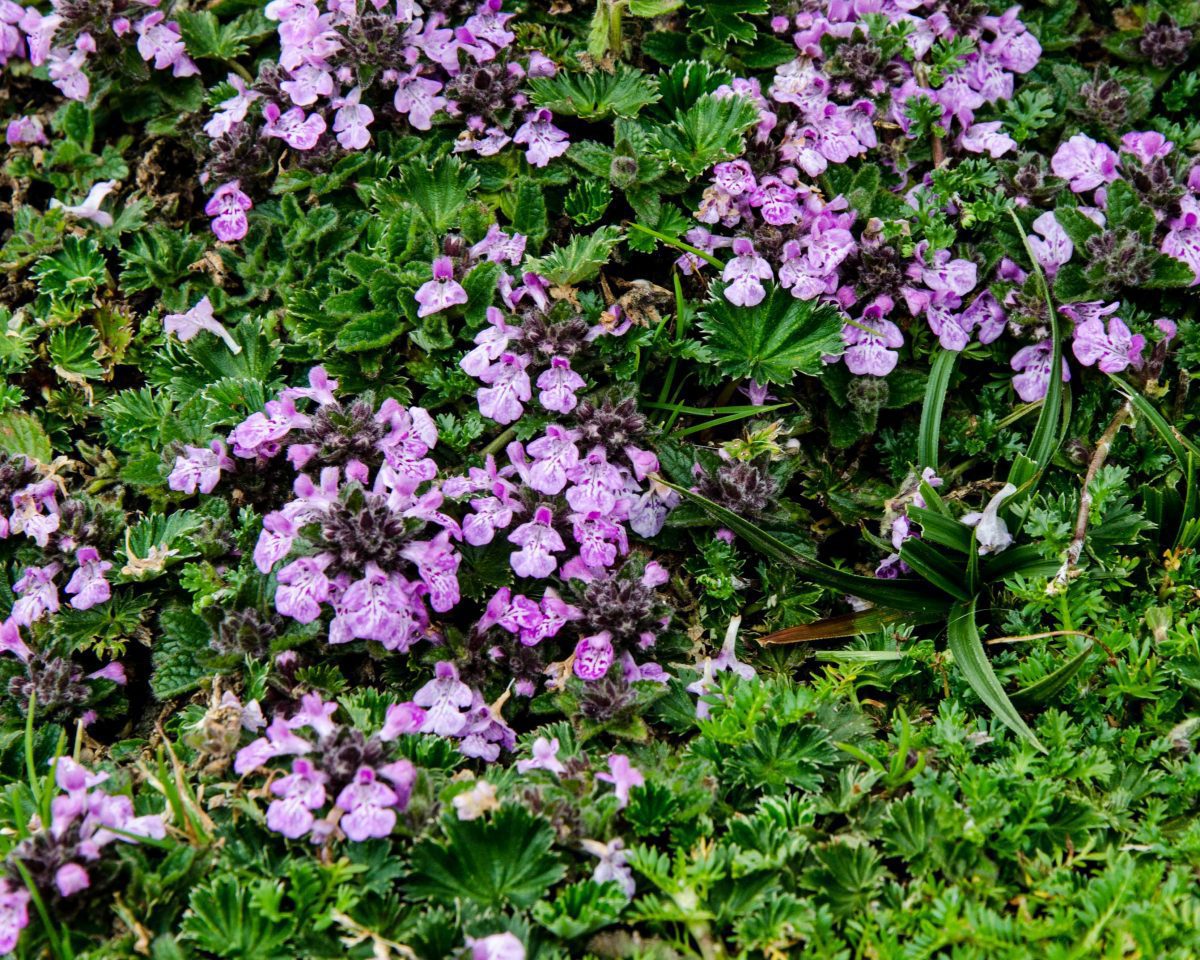
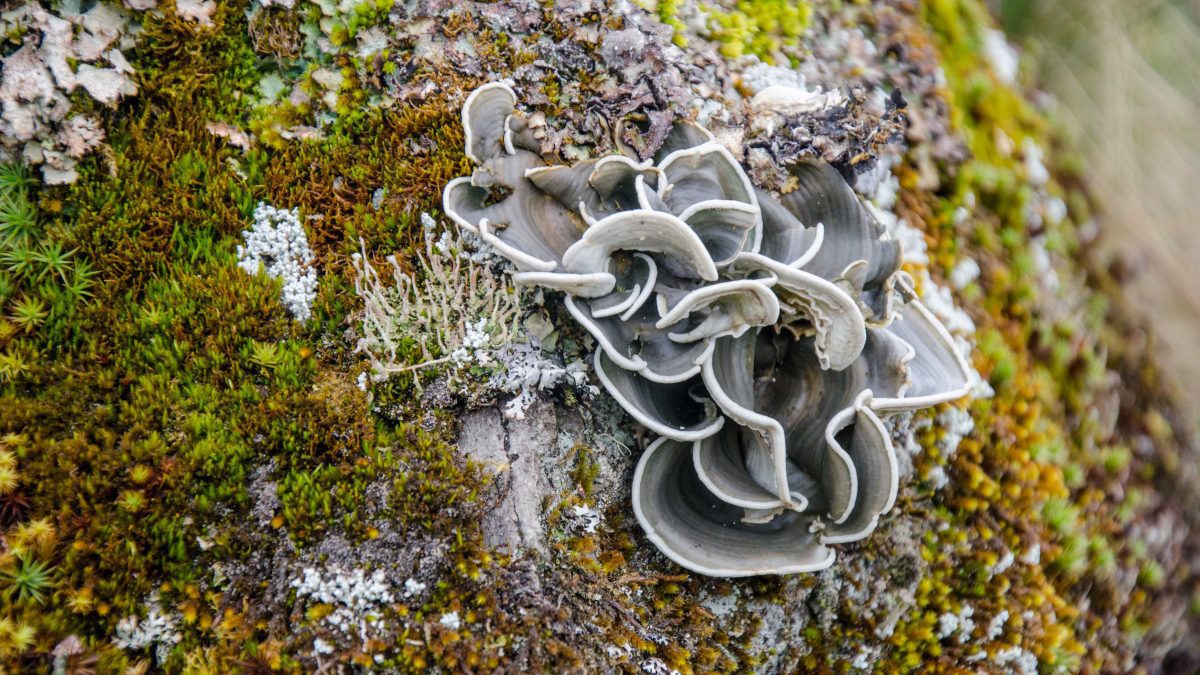

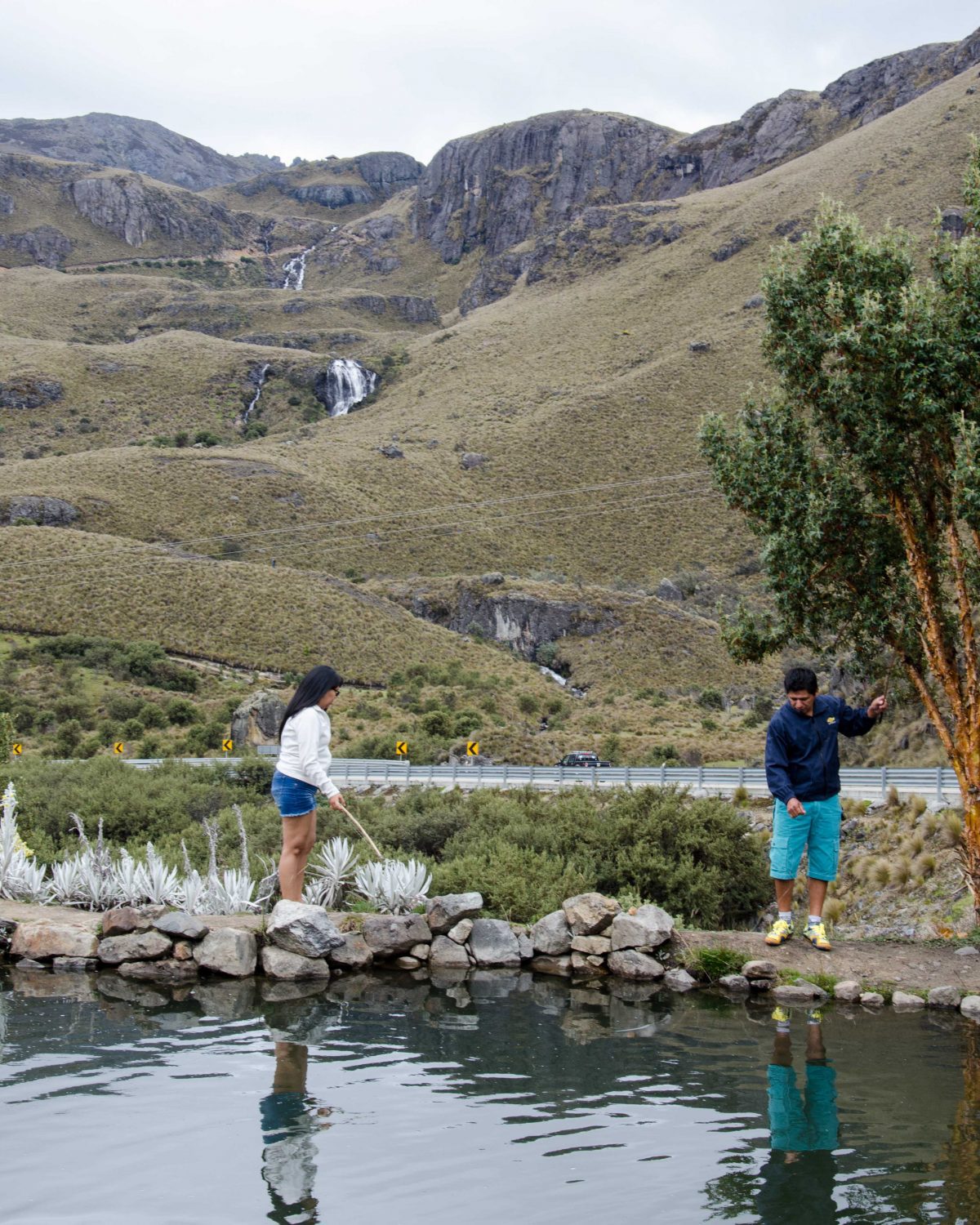
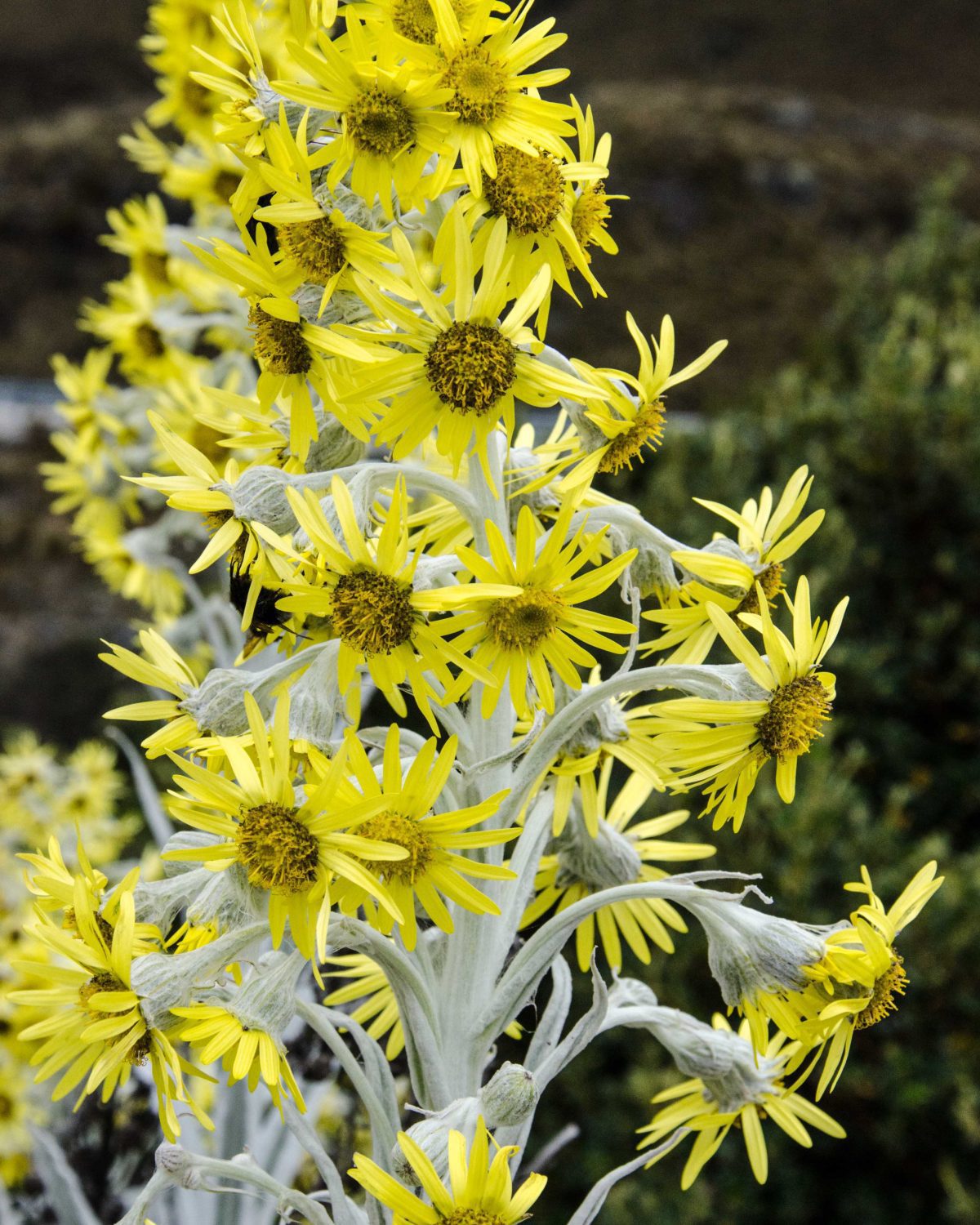


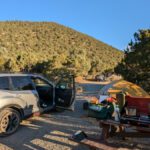

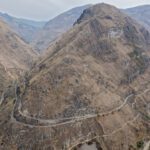
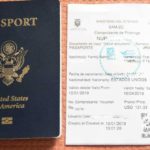


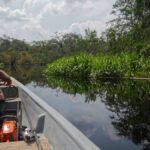
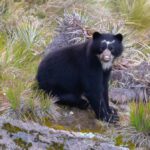
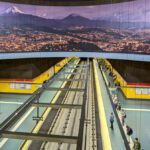


0 Comments